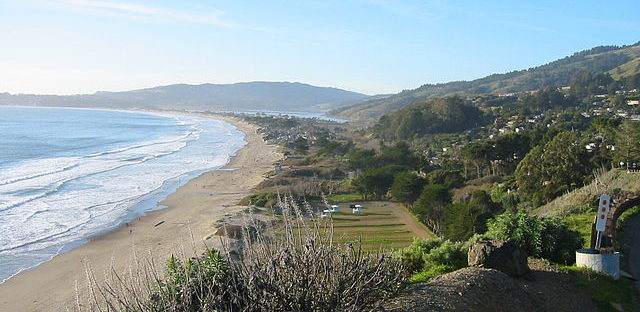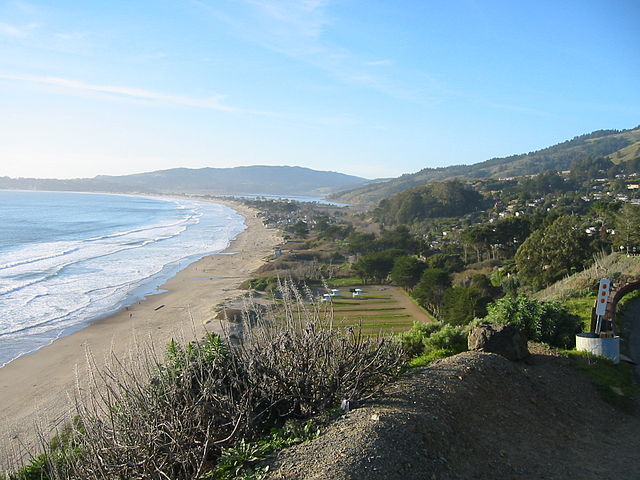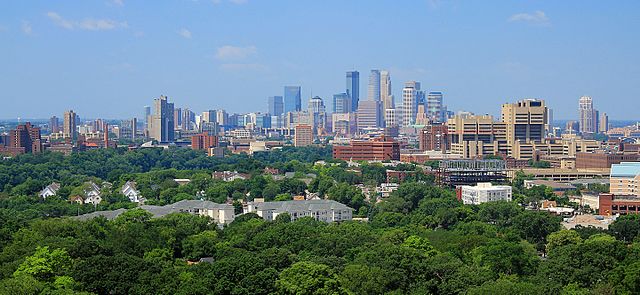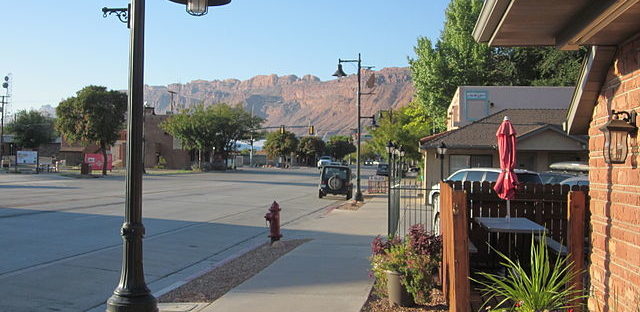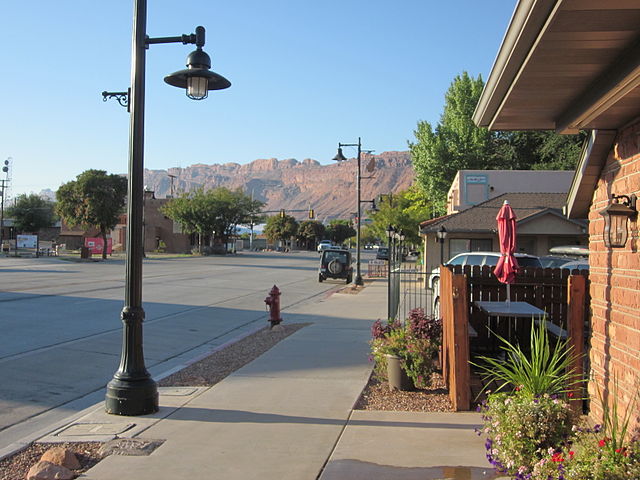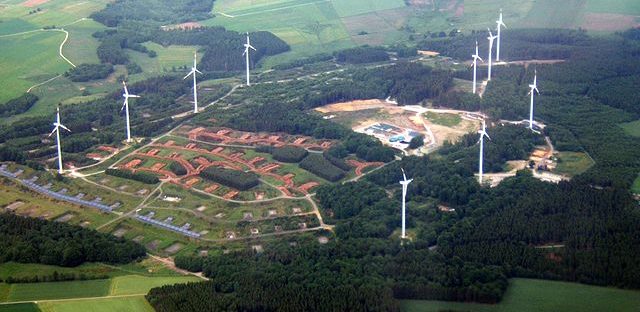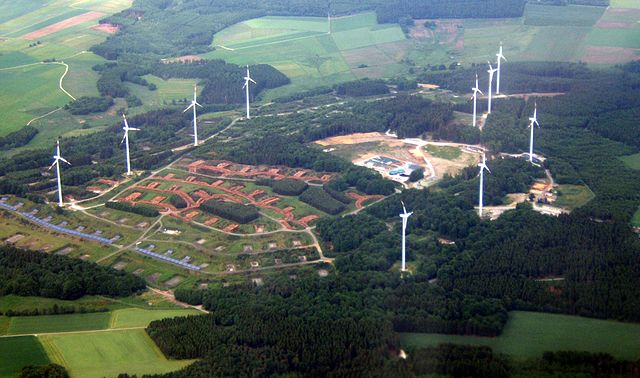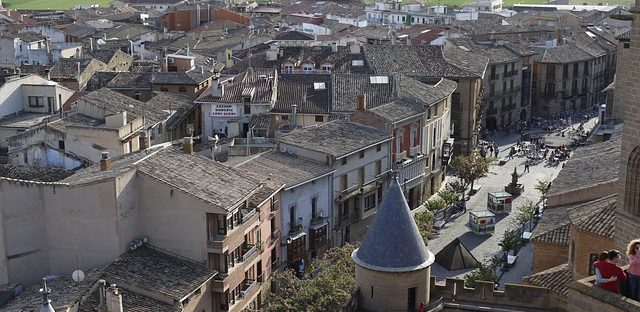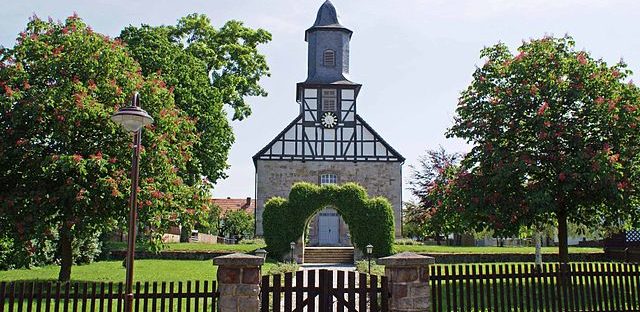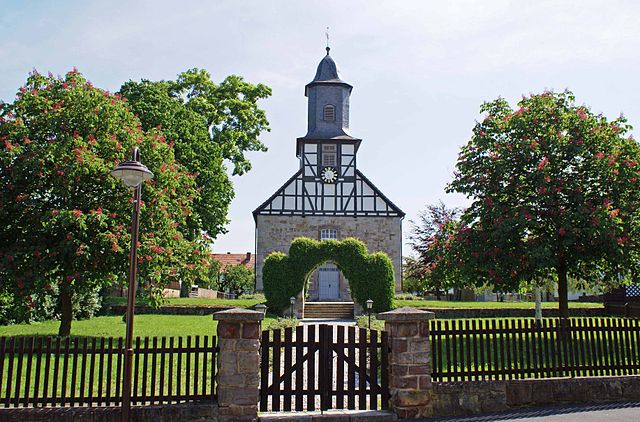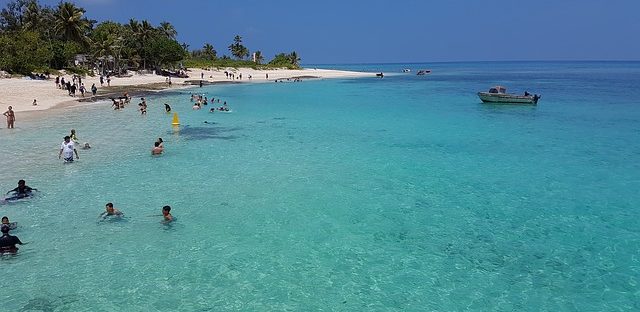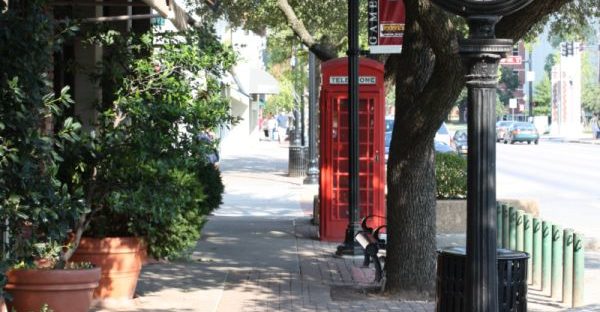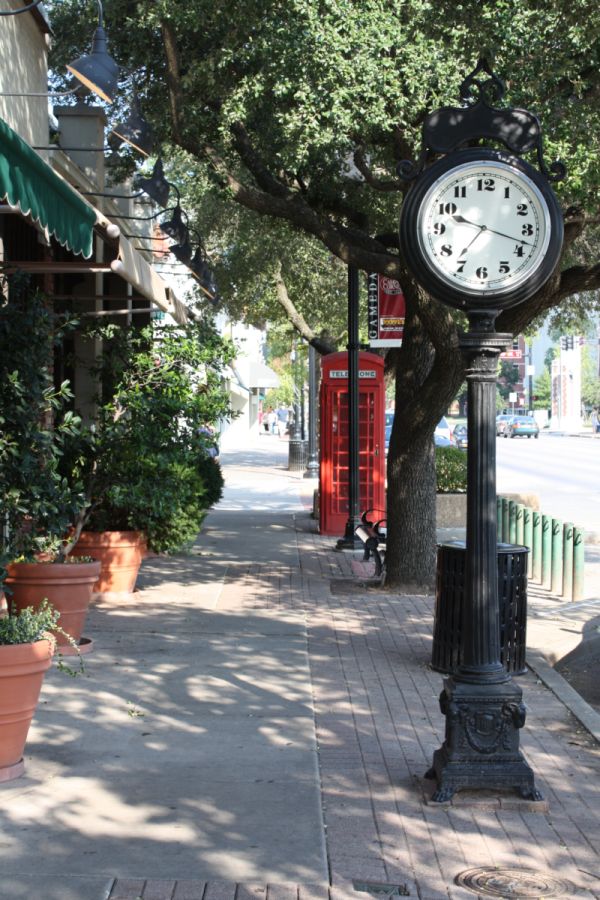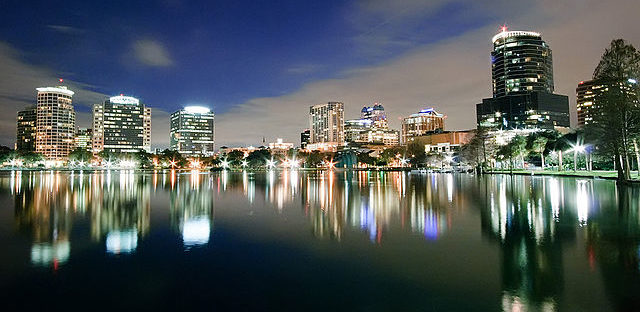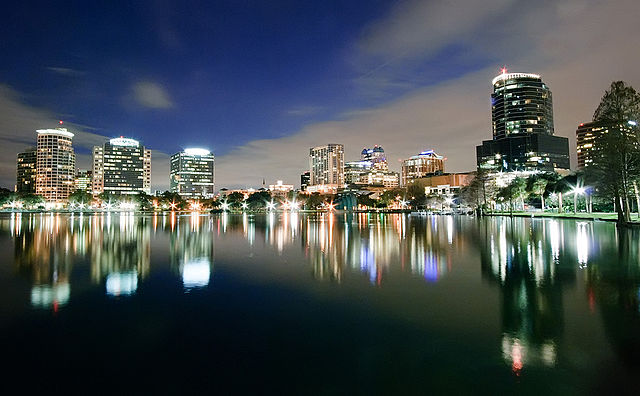- Target: Powered by 33% renewable electricity sources by 2015 and 100% by 2020.
- Status: In progress
- RES: Solar, wind, biogas, large hydro, and state system power.
- Implementation: In 2010, Marin Clean Energy (MCE) launched California’s first Community Choice Aggregation (CCA) program, which by law allows cities and counties to aggregate the buying power of individual customers to secure alternative energy supply contracts. Marin County's CCA gives customers an alternative to the local investor owned utility’s (PG&E’s) electricity, which is principally sourced from nuclear and natural gas powered plants, along with large hydro, renewables, and unspecified sources. Via CCA, customers could now choose between Light Green (27% renewable energy) or Deep Green (100% renewable energy).
The biggest challenge associated with launching and operating a CCA was the requirement that investor owned utilities had to cooperate fully with attempts to form a CCA. The investor owned utility in Marin County initially opposed the creation of MCE through misleading ant-MCE marketing campaigns to thousands of potential customers. However, since new legislation was passed which imposes specific requirements on the relationship between a CCA and an investor-owned utility, the working relationship with PG&E has improved.
So far, Marin County has invested in 33.2 MW of new renewables, and has allowed customers to choose where their electricity comes from. Projects have largely been financed through load guarantees. Initial Marin Clean Energy start-up costs in 2010 were loaned by River City Bank. The local joint powers authority formed to administer Marin Clean Energy. The program is designed to be self-funding through the electric customer rates so there is no use of public funds or taxpayer dollars. - Population: 260,651 (2016)
- Area: 828 sq mi (2,140 km2)
- Link: https://www.mcecleanenergy.org
Tag: – Works in Progress
Minneapolis, Minnesota, USA
- Target: 100% renewable electricity for city operations by 2022, community wide by 2030
- Status: In progress
- RES: Wind and solar power
- Implementation: In April 2018, Minneapolis became the largest city in the United State's Midwest to commit to 100% clean and renewable electricity, focusing on a shift from fossil fuels to wind and solar power. The resolution was supported by the Sierra Club and national youth activist organization iMatter. It set out ambitious goals that complemented the city’s Climate Action Plan, which aimed to reduce carbon emissions in the coming decades. The city's high solar capacity provided a good basis for the state’s community solar program which generate around 44MW. Residential customers of the utility company Xcel's program achieved savings through the community solar subscription, and a third of the power produced went to public-sector entities such as schools. Xcel Energy, which has its headquarters in Minneapolis, operates several solar power plants in the state and across the country. Along with environmental sustainability, the city's clean energy policy included strategies that ensured that all consumers, communities of color, low-income communities, renters, equally benefit from the energy transition.
- Population: 429,954 city, 3,690,261 metro (2020)
- Area: 57.49 sq mi (148.89 km2)
- Link: Blueprint for Powering Minneapolis Municipal Operations with 100% Renewable Electricity by 2022 (pdf)
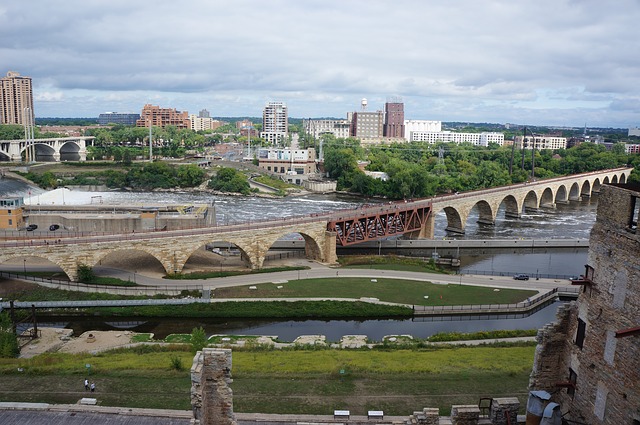
- © Kevin Sorensen
Moab, Utah, USA
- Target: 100% renewable electricity supply by 2032
- Status: In progress
- RES: Solar energy
- Implementation: Moab is a town surrounded by National Parks in the US western state of Utah. In February 2017, the City Council voted on a resolution to commit to reaching a 100% renewable electricity supply in the community by 2032. The decision was made based on community's concern for the environment and for the local economy. To demonstrate its leadership, the City voted on the resolution as it was completing an expanded 63 kW solar array on the City Hall building. The resolution also commits the city's municipal operations to be powered by 100% renewable sources in 2027, five years earlier than the entire community, with an interim goal of achieving 50% renewable power by 2024. The resolution also contains greenhouse gas reduction targets of 80% below 2018 levels by 2040, and 50% below 2018 levels by 2032. To help the city stay on track and communicate progress, the resolution calls for updating the greenhouse gas inventories every three years and publishing progress on the 100% renewable power goals every other year.
- Population: 5,253 (2017)
- Area: 4.1 sq mi (10.7 km2)
- Link: https://moabcity.org/478/Sustainability
Morbach, Germany
- Target: Energy self-sufficient by 2020
- Status: In progress
- RES: Wind farms, solar power, biogas plants and micro district heating systems using wood-pellets.
- Implementation: Morbach is a municipality in Rhineland-Palatinate, in western Germany. It has set itself the ambitious target of energy self-sufficiency based on renewable energy by 2020. To reach this goal, it has conducted research into the topic. Over 10 years the electricity and heat demand of all municipal buildings has been monitored to identify potentials for energy saving measures. Besides that, a Material and Energy Flow Analysis for the municipality has been carried out and an Action Plan for the coming years is in progress. Recently, 14 wind power plants (28 MW), 7 MWp photovoltaic, 2 biogas plants and micro district heating systems with wood-pellets provide the municipality with 20% renewables. To expand the use of renewables Morbach is making use of municipal funding for further energy efficiency and renewable energy projects. For that purpose new wind power plants, new photovoltaic installations and another micro district heating system are at the planning stage. It has created the Energy Landscape, a new tourist attraction which has been visited by more than 20,000 people from 70 countries around the world.
- Population: 10,481 (2017)
- Area: 122.20 km2(47.18 sq mi)
- Link: (In German) https://www.energielandschaft.de/index.php
- German
- German
- German
Munich, Germany
- Target: 100 % of electricity demand from renewable energy sources by 2025.
- Status: In progress
- RES: Geothermal, hydropower, biomass and wind energy.
- Implementation: The city of Munich in Germany today already produces 2.9 billion kWh per year from renewable sources, exceeding the demand of all private households. By 2025, the current share of 39% is projected to increase to 100% equalling to 7.5 billion kWh/year and requiring investments of roughly 9 billion €. While projects in Munich and its hinterland are prioritized, the electricity will be produced by power plants located in Germany and across Europe. Complimentary to the 100% target, the city plans to also supply 100% of long-distance heating from renewable sources. The energy will be harvested from geothermal energy as well as biomass and wind power. The city's goal is based on a longstanding history of introducing policies to increase the share of renewable energy. Back in 1982, the city council asked the administration to push the use of renewable energy. In 2007, it was decided that the share of renewable energy was to be increased by 5% until 2020. As it became clear that this goal could be outdone, the 100 % target was set. Throughout the process, citizens, city planners and craftsmen have influenced the development which has increased public support of the policy. A crucial aspect that made the fast advancement of renewable energy possible is the fact that Munich’s public utilities are entirely in public hands which enabled the city council to pursue their ambitious plan.
- Population: 1,456,039 (2017)
- Area: 310.43 km2 (119.86 sq mi)
- Link: https://munichnow.com/munich-aims-for-100-green-energy-by-2025/
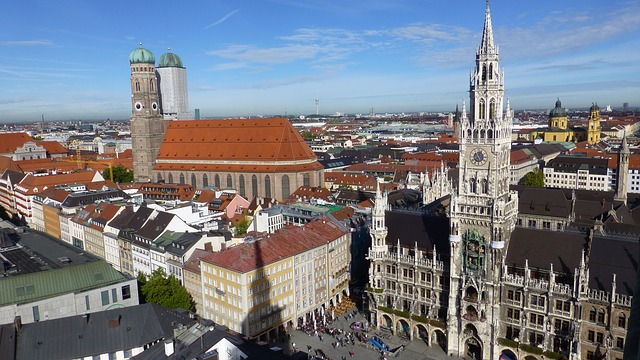
- German
Navarre, Spain
- Target: 100% renewable energy
- Status: In progress
- RES: Windpower, photovoltaics, biomass, biodiesel and geothermal energy
- Implementation: Navarra is a small region in Northeastern Spain, and is celebrated for its diverse renewable energy portfolio.Today, the region is one of the largest producers of wind power in Europe. Wind energy development in Navarra started at the end of 1994. By 2001, 65% of electrical energy consumed in Navarra came from renewable energy. During this period, almost 100 MW of photovoltaic power had been installed. Currently, approximately 70% of the electricity comes from the wind and sun. In the region, many isolated solar photovoltaic facilities have been realized since 1990s. By the end of 2001, the largest photovoltaic solar energy plant in Tudela was installed, with a capacity of around 1.2 MW. Today, there are over small 500 isolated solar facilities. Biomass energy, biodiesel fuel and hydro power also play important roles. In Sangüesa, a biomass plant generates electricity from the combustion of waste cereal (straw) and wood residues with an installed capacity 25 MW, producing 200 GWh/year. It is the biggest plant in South Europe. In Caparroso, a biodiesel plant has been operating since 2004. In the 1990s, two biogas plants were installed to generate electricity with the input of gas methane produced in the municipality solid waste dump area and in the waste water treatment plant of the Pamplona City. Navarre has a tradition of producing electricity from small hydro power plants since the end of XIX century. Some plants of those plants are still working. Today, 107 small hydro power plants are operating with total capacity more than 195 MW. The main companies responsible for renewable energy projects in the region are Corporación Energía Hidroeléctrica de Navarra (EHN) and Iberdrola (main electric company of distribution in Navarra).
The region has managed to expand the use of renewable energy by providing regional institutional support: 10% tax credits for investment in wind energy, connected photovoltaic, biomass, biodiesel, and geothermal; and up to 50% in economic aid for investment into isolated photovoltaic, 65% for Thermal, 50% for Biomass, and 30% for Geothermal. (In 2006, Government of Navarra granted 195.74 million Euros in tax credits for photovoltaic installations alone). Up to 2005, Government of Navarra granted assistance of 6 million Euros each financial year.
- Population: 647,554 (2018)
- Area: 10,391 km2 (4,012 sq mi)
- Link: The outlook for renewable energy in Navarre: An economic profile
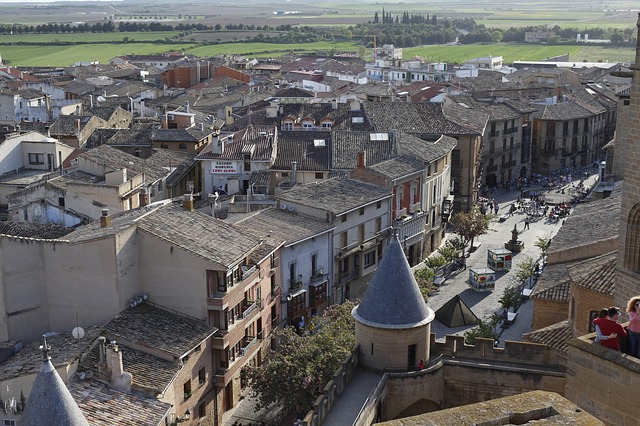
- In Spanish
- In Spanish
Niestetal, Germany
- Target: Carbon neutral by 2034, and 100% renewable by 2050.
- Status: In progress
- RES: Solar, biomass, wind, geothermal and hydropower energy.
- Implementation: The municipality of Niestetal is located in the district of Kassel in the state of Hesse, Germany. In 2012, a decision was made by the state to transition to 100% renewable energy by 2050. Four years earlier in 2008, motivated by the climate crisis, the people of Niestetal decided to commit to replacing all of their energy use with renewable resources. They would primarily source solar energy, and additionally biomass, wind, geothermal, and a small amount of hydropower. The target became the focus of the municipality's Integrated Climate Protection Plan launched in 2009. The plan contained around 20 measures that various community stakeholders can implement in order to reach the municipality's declared goal to become carbon neutral by 2034.
Key to Niestetal's 100% renewable plan is to adopt high efficiency construction standards. With the support of public incentives that help bring down up front costs, five percent of the community's homes underwent energy efficiency retrofits from 2011-2013. Homeowners reportedly reduced their home energy requirement by 20-30% and their investment in the energy upgrades paid back within 5-6 years. Niestetal is utilizing the renewable energy expertise of several local companies and institutions,which include the University of Kassel, the energy research network deENet, and the international solar photovoltaic inverter and monitoring company SMA. SMA provides about 3000 local jobs, which helps add to the local value chain created by the renewable energy transition. Niestetal is one of four municipalities making up the German section of the Energy Region program, an EU funded cooperation between several European countries to further sustainable development of renewable energy. - Population: 11,030 (2017)
- Area: 22.15 km2 (8.55 sq mi)
- Link: (In German) https://www.niestetal.de/gv_niestetal/Bauen%20&%20Klimaschutz/Klimaschutz/Klimaschutzkonzept/integriertes%20klimaschutzkonzept%20fr%20die%20gemeinde%20niestetal.pdf
- German
- German
Niue
- Target: 100% renewable energy target by 2020.
- Status: In progress
- RES: Solar thermal and photovoltaics
- Implementation: Niue is the smallest island in South Pacific inhabited by 14 communities. There are only 400 occupied households. Farming and fishing are the two most important industries in the island - these receive development assistance from New Zealand. Due to its location, the island is often hit by a cyclone – around every four years – causing huge physical and economic damage to the country. Its energy sector is hugely dependent on imported fossil fuels, which comes at a huge cost for the island as it uses diesel for generating power. In 2005, the country adopted the Niue Energy Policy and Energy Action Plan, which laid out its commitment to energy efficiency and renewable energy, in particular its 100% goals. The exploration of the country´s potential for renewables is not new and for many years Niue has been using solar water heating, such as is the case with local tourist accommodations. Since then further solar thermal systems have been installed, in particular EU program (2004-2006) which provided incentives for the installation of solar water heaters in households. In recent years, Niue has implemented three grid-connected solar PV systems, solar water heaters, and LPG gas stoves in homes, all installed at a subsidized cost since renewable energy technology was very costly, particularly for the pacific islands´ citizens. These systems were funded by the European Union. Today, electricity generation and energy efficiency programs on the island are managed by Niue Power Corporation (NPC), the national power utility. Major challenges for the island have been: complex requirements by financing institutions, lack of adequate technical capacity for projects maintenance, and limited knowledge of renewable energy. It has been observed that during the implementation of some EU-funded projects that the equipment used sometimes did not suit local conditions.
- Population: 1,624 (2016)
- Area: 261.46 km2 (100.95 sq mi)
- Link: Nieu Energy Action Plan
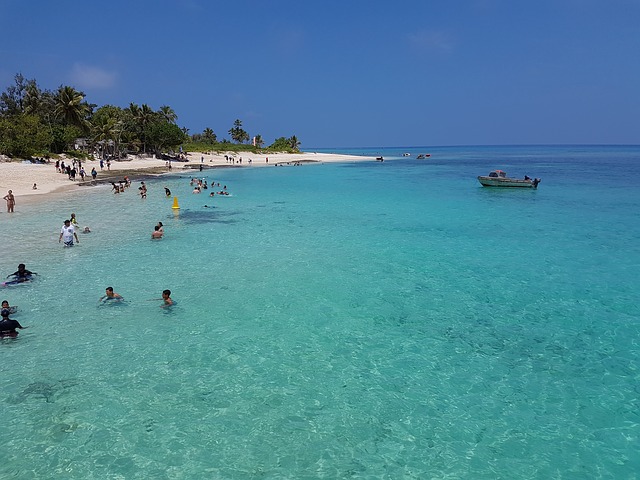
Norman, Oklahoma, USA
- Target: 100% renewable energy by 2050
- Status: In progress
- RES: Solar power
- Implementation: Largely rural, the city of Norman is home to the University of Oklahoma, the state’s largest university. Since 2018, Norman had worked towards replacing its oil and gas dependency with natural wind and solar resources. The move towards 100% clean energy began when a franchise agreement between the city and its utility provider, Oklahoma Gas & Electric (OG&E) had expired which prompted activists to urge the city to transition to cleaner energy options. Fracking in the state had resulted in methane pollution, earthquakes, and water contamination. This also provide a strong impetus for increasing Oklahoma’s renewable energy generation and consumption. After a year long campaign, the volunteer-led team persuaded the city to commit to 100% clean, renewable energy across all sectors, including heat and transportation, by 2050. The resolution was voted unanimously in 2018 and made Norman the first city in Oklahoma to adopt such a goal.
The Council acknowledged the environmental benefits, job opportunities, and economic advantages of renewable energy. There was strong cross-community support from environmental, commercial, educational, and faith groups. With its two utilities, OG&E (the primary utility) and OEC (a rural electric co-op), the city began determining its best options for moving to clean energy. The University of Oklahoma began using 100% renewable energy through the purchase of renewable energy credits. The city explored a solar program for its public schools and looked at updating its legislation to make the adoption of solar energy easier. A 2017 pilot program incentivized energy-efficient home building. The city included further plans to promote electric vehicles and greener building practices. - Population: 124,880 (2019)
- Area: 189.4 sq mi (490.6 km2)
- Link: https://www.sierraclub.org/press-releases/2019/03/norman-becomes-first-oklahoma-city-commit-100-percent-clean-renewable-energy
Orlando, Florida, USA
- Target: 100% renewable electricity in city operations by 2030, community-wide by 2050
- Status: In progress
- RES: Solar PV
- Implementation: In August 2017, Orlando’s City Council unanimously passed the resolution to transition to 100% clean energy target. It was led by Mayor Buddy Dyer, and supported by local organizations, including the League of Women Voters, IDEAS for Us, the NAACP, and Sierra Club. The coalition worked to secure a commitment to replace the city utility’s two remaining coal generation units with renewable sources. Solar farms were developed by the city with more planned for the future. In Orlando, the farms benefited from an average of 300 days of sunshine a year. One solar farm today powers Orlando’s city hall and police station.
To address the upfront costs of solar infrastructure and concerns about availability, Orlando worked closely with its municipal utility, the Orlando Utilities Commission, to decarbonize its energy mix, expand the availability of solar energy, and create programs that reduce the upfront costs for consumers. The Community Solar program allowed residents and businesses to choose the source of their energy, with up to 100% coming from renewable sources, and Collective Solar, a cooperative model enabled homeowners to opt-in to rooftop solar at reduced costs. The PACE program was implemented, providing $500 million in clean energy financing to residents and businesses. The city worked to ensure a sustainable, clean energy economy by requiring that all new buildings be certified LEED Silver at minimum. Every new building must also be solar-ready or have the capacity to add on solar. Other steps taken included reducing the costs of solar, streamlining the new building permit process, implementing contractor training, and clearly defining solar-energy equipment in its energy code. Economic barriers to clean energy adoption is addressed through programs which subsidize the retrofitting homes of lower-income residents. - Population: 307,573 (2020)
- Area: 119.08 sq mi (308.41 km2)
- Link: https://www.orlando.gov/Initiatives/2018-Community-Action-Plan
